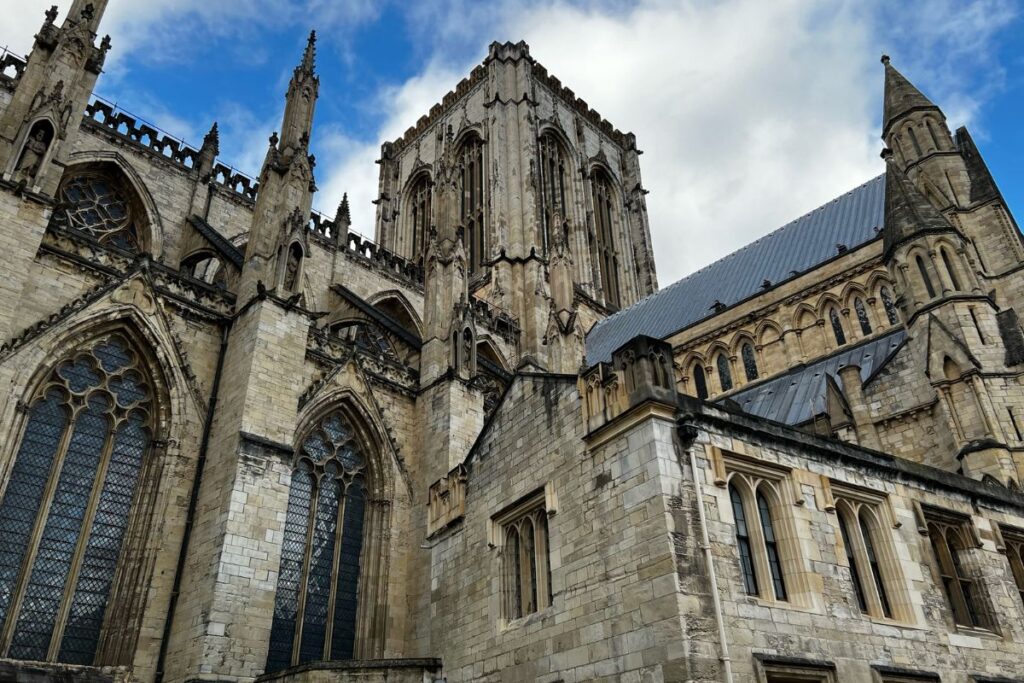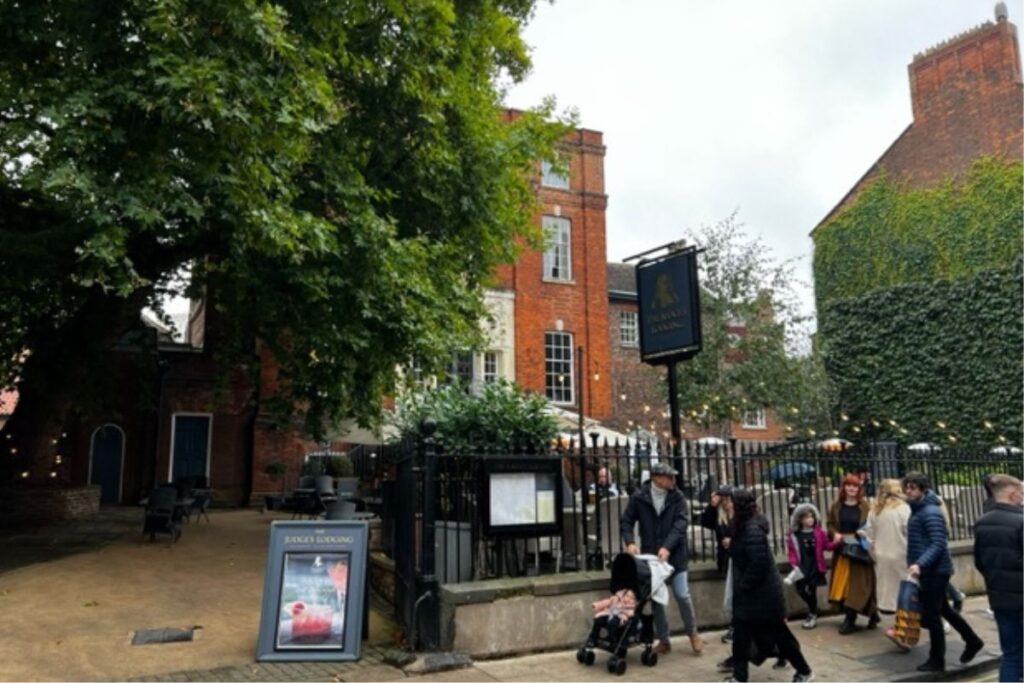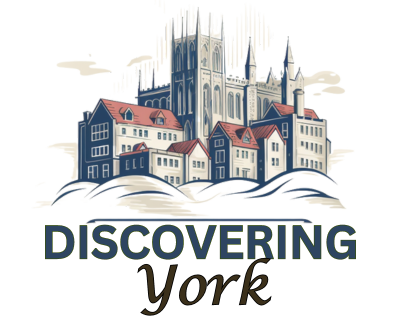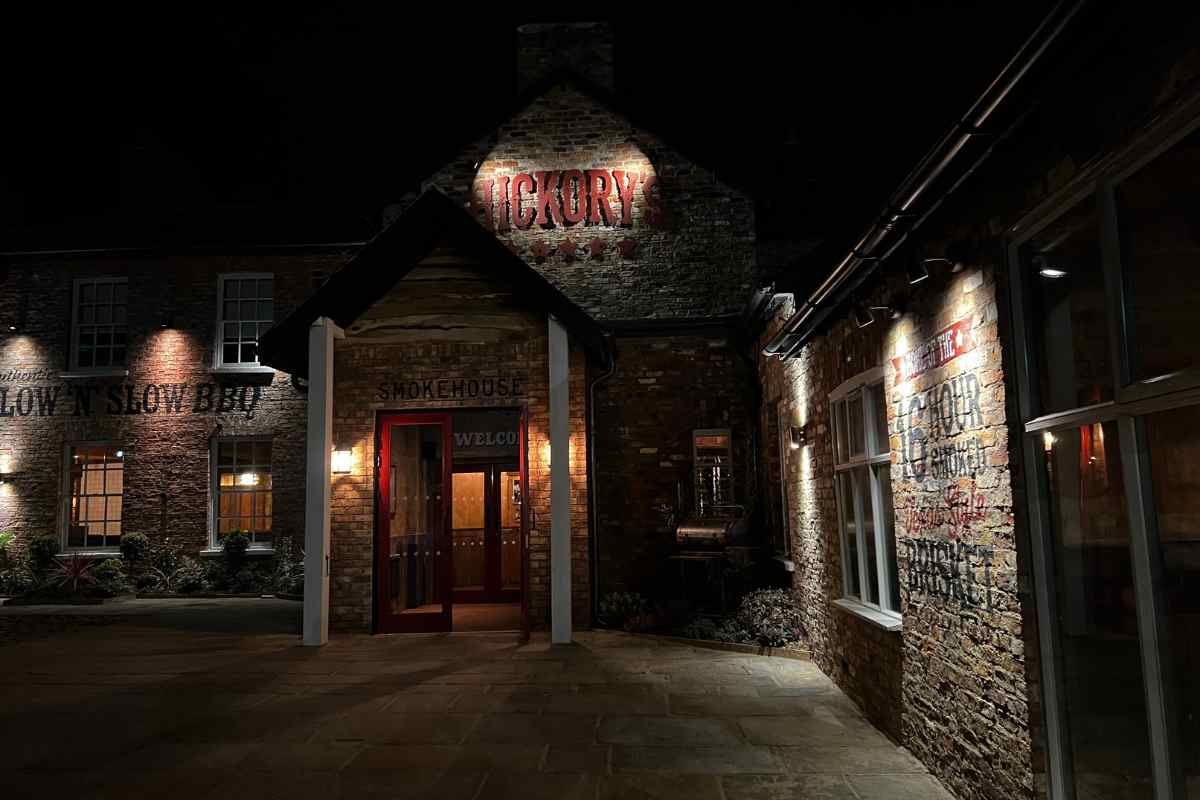I’m always blown away by the rich history and age of York, the city where I live, work, and play in.
After watching one of my favorite TV shows ” Vikings” I realized how much history there really is and started to study its rich and often brutal past.
The question of how old York is can be answered in several ways, depending on what aspect of the city’s history is being considered.
In terms of human habitation, evidence suggests that people have lived in the area around York for thousands of years. Archaeological finds indicate that the region was inhabited by Mesolithic hunter-gatherers around 8000 BCE.
In 71 AD, the city of York, then known as Eboracum, was founded by the Romans, establishing its importance as a military and administrative center.
Later, in the Viking Age, it played a significant role, evolving into a major hub of trade and commerce during the medieval period.
York’s age can be gauged through various means, encompassing the span of human habitation in the region and the specific historical events that have shaped its development.
Recognizing the diverse facets of York’s history and how they contribute to its rich cultural heritage constitutes a vital element in truly appreciating this distinctive and captivating locale.
Historical Age of York

York, a city in North Yorkshire, England, has a rich and varied history that spans thousands of years.
The city has been inhabited since the Neolithic period, and archaeological evidence suggests that people have lived in the region of York since between 8000 and 7000 BC.
Here is a brief overview of the historical ages of York:
1. Roman Era
York was founded by the Romans in AD 71 and was known as Eboracum.
It quickly became an important military and administrative center for the Roman Empire, and many of its most impressive historical sites date back to this period.
These include the Roman city walls, the ruins of the Roman fortress, and the remains of the Roman baths.
2. Viking Age
In the late 9th century, York was captured by the Vikings, who renamed it Jorvik.
The city became an important center of Viking trade and culture, and its influence can still be seen today in the city’s street names and dialect.
Visitors to York can learn more about this period of the city’s history at the Jorvik Viking Centre.
3. Medieval Period
During the medieval period, York became an important center of trade and commerce, and its architecture and culture flourished.
Many of the city’s most famous landmarks, including York Minster and the Shambles, date back to this period.
Visitors to York can also explore the city’s medieval walls and gatehouses, which offer stunning views of the city and surrounding countryside.
4. Modern Age
York continued to grow and develop throughout the modern age, becoming an important center of industry and education.
Today, the city is known for its vibrant cultural scene, bustling shopping districts, and world-class museums and galleries.
Visitors to York can explore its many attractions, including the:
- National Railway Museum
- York Castle Museum
- and the York Art Gallery
York unfolds as a city steeped in millennia of captivating history.
From its Roman inception to the vibrant tapestry of its contemporary cultural landscape, York offers an enchanting journey for every soul to savor and explore.
Cultural Significance of York’s Age

York is a city in northern England with a rich and fascinating history that dates back thousands of years.
Archaeological evidence suggests that people were settled in the region between 8000 and 7000 BC, although it is not known if these were permanent or temporary settlements.
The city was founded by the Romans in 71 AD and was known as Eboracum. It was an important military and administrative center for the Roman Empire, serving as the capital of the province of Britannia Inferior.
After the fall of the Roman Empire, York was settled by the Anglo-Saxons and became a major trading center.
Then entered the Vikings who invaded and captured the city in 866 AD, renaming it Jorvik. They established a thriving trading settlement and left a lasting impact on the city’s culture and architecture.
The city was later recaptured by the Anglo-Saxons and eventually became the capital of the Northumbrian Kingdom.
York continued to grow and prosper throughout the Middle Ages and Renaissance, becoming an important center of trade, culture, and politics.
The city was a major center of the wool trade and was known for its skilled craftsmen and merchants. The iconic York Minster Cathedral was built during this period, as were many other important buildings and landmarks.
Today, York is a vibrant and cosmopolitan city with a rich cultural heritage.
Its historic buildings, museums, and galleries attract millions of visitors each year, and its universities and research centers are renowned for their academic excellence.
The age and cultural significance of York makes it a unique and fascinating place to explore and discover.
Impact of York’s Age on Its Architecture

York’s age has had a significant impact on its architecture.
As one of the oldest cities in the UK, York has a rich architectural heritage that spans over 2,000 years. The city’s architecture reflects its long and varied history, from its Roman and Viking roots to its medieval and Georgian periods.
One of the most notable examples of York’s architecture is the York Minster, a Gothic cathedral that dates back to the 13th century.
The cathedral’s intricate stonework and soaring spires are a testament to the skill and craftsmanship of the medieval builders who constructed it.
Another example of York’s architectural heritage is the city’s medieval walls, which were built in the 14th century to protect the city from invaders.
Today, the walls are a popular tourist attraction and provide visitors with a unique perspective on the city’s history and architecture.
York’s Georgian architecture is also noteworthy, with many of the city’s buildings dating back to the 18th century. The Georgian period saw the construction of many elegant townhouses and public buildings, such as the Assembly Rooms and the Mansion House.
In addition to these architectural styles, York also has a wealth of Roman and Viking remains, including the remains of the Roman fortress of Eboracum and the Viking Jorvik Centre.
These archaeological sites provide a glimpse into the city’s early history and the architectural styles of these periods.
York’s Age and Its Influence on Tourism

York is one of the oldest cities in England with a rich history dating back to the Roman times.
The city’s age and historical significance have made it a popular tourist destination, attracting millions of visitors each year.
The city’s Roman roots are evident in its numerous archaeological sites, including the:
- Roman walls
- Roman Baths
- and the York Minster
The city’s medieval history is also well-preserved, with many of its buildings dating back to the 14th and 15th centuries.
One of the most significant historical events that took place in York was the Viking invasion in 866 AD. The Vikings captured the city and made it their capital, renaming it Jorvik. The Viking influence is still evident in the city today, with many of its street names and buildings reflecting this period of its history.
York’s age and historical significance have made it an attractive destination for tourists from all over the world.
The city welcomed over 7 million visitors in 2019, generating over £765 million in revenue for the local economy.
The tourism industry in York employs over 24,000 people, making it a significant contributor to the city’s economy.
In recent years, York has also become a popular destination for international students, with two universities located in the city.
The University of York and York St John University attract students from all over the world, adding to the city’s cultural diversity.
Conclusion and final thoughts
The city of York in England, has a long and rich history dating back to prehistoric times, with evidence of settlements as early as 8000 BC.
York’s age and historical significance have made it a unique and attractive tourist destination. Its well-preserved historical sites, cultural diversity, and vibrant tourism industry make it a must-visit city for anyone interested in history, culture, and architecture.





Leave a Reply